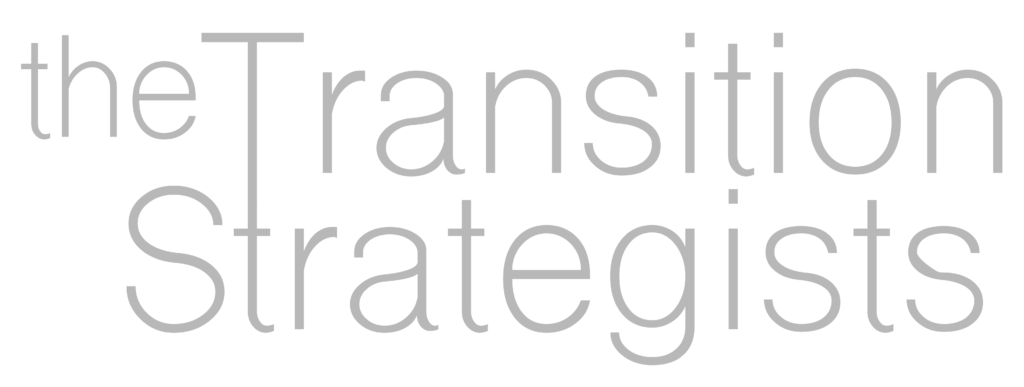A quote commonly attributed to William Shakespeare applies in nearly every relationship but always reminds me of a common pitfall in family business transitions: Expectation is the root of all heartache. Expectations in family business transitions are especially toxic because they can damage or destroy the irreplaceable relationships between parents and children.
We all bring expectations into the workplace and parents and children in family businesses are no exception. Children often come into a business thinking they know more than they do and expecting to be successful because they’ve heard about the business their entire lives. Parents often expect their children to succeed in a business for the same reason.
Expectations among family members engaged in business are very common for several reasons.
- Everyone wears two hats. For example, one parent in family businesses may be both parent and CEO. Parents can forget to put on their “CEO hats” when communicating with their children in the workplace. Similarly, adult children wear both child and employee hats and can forget to replace the former with the latter when asking for special treatment.
- Family relationships are at stake. There are long—and irreplaceable–relationships among family members that exist outside of a business. The dynamics that apply to these relationships outside of a business don’t always work inside of a business.
Three Alternatives to Expectations in Family Business Transitions
- Authentic Communication
Many parents are justifiably proud of the business they have built; businesses which have generated a healthy income and secured a place for them in their communities. Many want to pass this opportunity for a great life to their children.
The problem is that it doesn’t occur to many parents to ask their children if they share the dream of business ownership. The only way to know if a child wants to lead a business is to ask! Listening to the response is no less important.
The transition of a business is a team sport in which both owners and successors coordinate their timing and their roles. To succeed, we recommend that owners replace expectations in family business transitions with open and authentic communication.
-
Defined Boundaries
Defining boundaries is another substitute for expectations in family business transitions. In family transitions, we ask owners to define roles, responsibilities, authority and timing so everyone can work from the same playbook. While boundaries between generations one and two are important, they are especially critical when there is more than one “Gen 2” successor (e.g., siblings or cousins). Without set boundaries, expectations reign supreme until heartache replaces them.
-
Collective Alignment
The third substitute for expectations is alignment. During the transition of a family business, collective alignment occurs when owners design a transition experience that delivers a great next adventure for themselves, their successors, and the companies they are leaving. A transition is only truly successful when owners move on to meaningful post-business lives and successors become effective leaders of successful businesses.
Conclusion
In family business transitions, communication, boundaries, and collective alignment can replace the expectations that typically end in heartache. These three elements also—and to us, most importantly—keep relationships strong because, at the end of the day, the only transitions we deem to be successful are those that honor and maintain the relationships of all involved.
Elizabeth Ledoux is a co-author of the award-winning It’s A Journey: The MUST-HAVE Roadmap to Successful Succession Planning, as well as Accelerate Your Entrepreneurial Flight and Understanding the Growth of the Entrepreneur. She frequently speaks to organizations and business owners about challenges and opportunities in private and family business transitions, business and individual growth, and the business succession journey.





